how to propagate Begonia Heraclefolia
sdraza1
10 years ago
Related Stories

HOUSEPLANTS8 Essentials for Healthy Indoor Plants
Houseplants add so much to our homes — and can thrive when grown in the right conditions. Keep these tips in mind
Full Story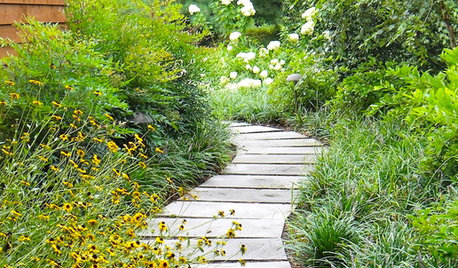
LANDSCAPE DESIGN7 Ways to Design a Garden That Flows and Intrigues
Transform a staccato yard into a smooth and relaxing delight by mastering the art of garden transitions
Full Story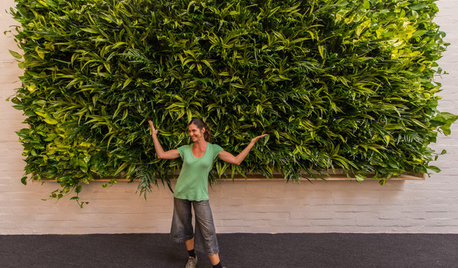
HOUSEPLANTSHow to Add a Living Wall
Learn how to choose systems and plants, and what it will cost to bring a bit of the outdoors in or green up a garden wall
Full Story
GARDENING GUIDESGreat Garden Combo: 3 Wonderful Plants for a Deer-Resistant Screen
Protect your privacy and keep deer at bay with a planting trio that turns a problem garden area into a highlight
Full Story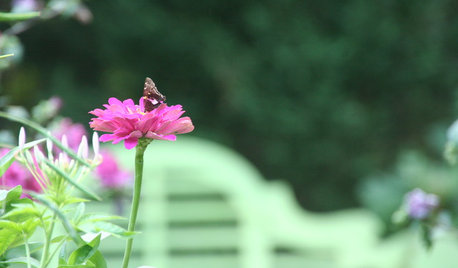
GARDENING GUIDESSoutheast Gardener's August Checklist
Brave the August heat and humidity in your summer garden, and you'll reap rewards this fall
Full Story
GARDENING GUIDES10 Deer-Resistant Native Flowers to Plant This Fall
Learn about natives that embrace some kinds of wildlife but resist grazing deer
Full Story
TREES11 Japanese Maples for Breathtaking Color and Form
With such a wide range to choose from, there’s a beautiful Japanese maple to suit almost any setting
Full Story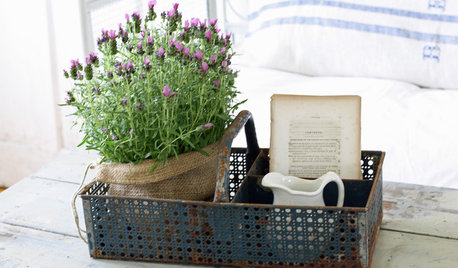
HOUSEPLANTSOutsmart Winter — Make Houseplants of Your Garden Growers
No need to watch Jack Frost play Wreck the Rosemary. Bring your garden inside for the winter, using containers and these guidelines
Full Story
PLANTING IDEASStretch the Budget, Seasons and Style: Add Conifers to Your Containers
Small, low-maintenance conifers are a boon for mixed containers — and you can transplant them to your garden when they’ve outgrown the pot
Full StorySponsored
More Discussions






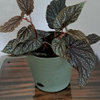
hc mcdole
hc mcdole
Related Professionals
Citrus Heights Landscape Architects & Landscape Designers · Franconia Landscape Architects & Landscape Designers · Bloomington Landscape Contractors · Fort Atkinson Landscape Contractors · La Verne Landscape Contractors · Los Banos Landscape Contractors · Nashua Landscape Contractors · Sugar Hill Landscape Contractors · New Carrollton Landscape Contractors · Ansonia Landscape Contractors · Annapolis Siding & Exteriors · Baltimore Siding & Exteriors · Ft Washington Siding & Exteriors · Lenoir Siding & Exteriors · Waukegan Siding & Exteriorssdraza1Original Author
hc mcdole
sdraza1Original Author
hc mcdole
sdraza1Original Author
hc mcdole